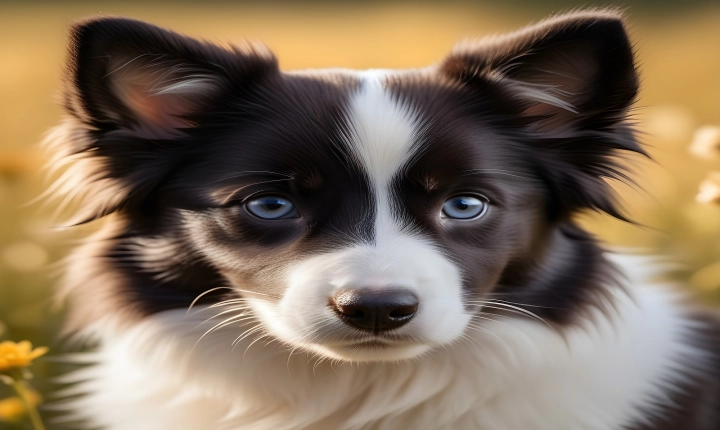Title: The Future of Art: How AI Programs Are Creating Stunning Images
In recent years, artificial intelligence has made tremendous strides in the world of creativity. One area where AI has had a particularly significant impact is in the creation of images and artwork. AI programs are now capable of generating truly stunning and thought-provoking images, raising questions about the future of art and the role of human artists in a world increasingly dominated by machines.
One of the most fascinating aspects of AI-generated images is the diversity of styles and techniques that these programs can produce. From abstract and surreal compositions to realistic landscapes and portraits, AI algorithms are capable of emulating a wide range of artistic styles. This has led to a reevaluation of the creative process, with some arguing that AI-generated images are not only innovative but also push the boundaries of what is considered “art.”
One of the key factors driving the success of AI in image creation is the use of generative adversarial networks (GANs). GANs are a type of neural network that consists of two components: a “generator” that creates images, and a “discriminator” that evaluates the images and provides feedback to the generator. Through a process of competition and refinement, GANs are able to produce increasingly realistic and visually compelling images.
One of the most well-known examples of AI-generated art is “Portrait of Edmond de Belamy,” created by the Paris-based art collective Obvious using a GAN. The portrait, which was sold at auction for over $430,000, sparked a debate about the value and authenticity of art created by AI. While some critics argue that AI-generated art lacks the emotional depth and human touch of traditional art, proponents contend that it represents a new form of creativity that challenges our conventional understanding of what constitutes art.
The use of AI in image creation also raises important questions about the role of human artists in a world where machines are increasingly capable of replicating and even surpassing human artistic abilities. Some artists have embraced AI as a tool for inspiration and collaboration, using it to generate new ideas and explore uncharted artistic territories. Others, however, worry about the potential implications of AI on the future of artistic expression and creativity.
Despite these debates, it is clear that AI programs are making significant contributions to the field of visual arts. For example, AI has been used to restore and colorize old photographs, create computer-generated imagery for films and video games, and even assist in the design of architectural spaces and objects. These applications demonstrate the potential for AI to revolutionize the way we create and experience visual art.
Looking ahead, it is likely that AI will continue to play an increasingly prominent role in image creation, blurring the lines between human and machine creativity. While the impact of AI on the art world is still a topic of heated debate, there is no denying that AI has the potential to inspire new artistic movements, challenge existing norms, and push the boundaries of what is possible in the realm of visual expression. As we navigate this new frontier, it will be crucial to consider the ethical, social, and philosophical implications of AI’s growing influence on the creation of images and artwork.
